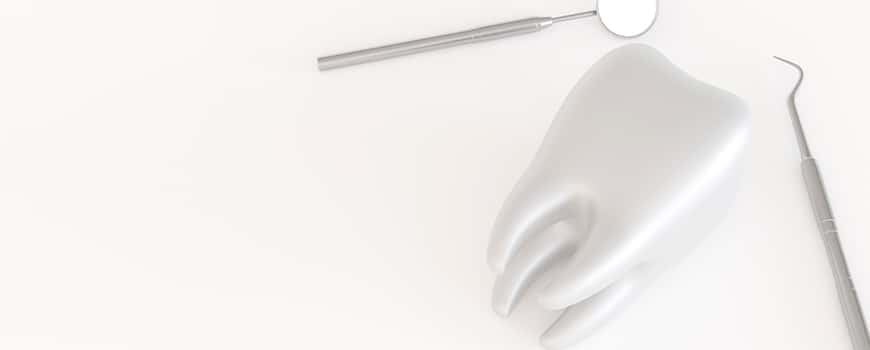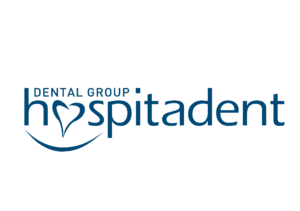Digital Dentistry and Dental Design
Salih ÖNDER2023-10-26T15:18:33+03:00What is digital dentistry?
A brand new beautiful smile is the dream of many. However, both the time constraint and the difficulty of the procedures for the patient prevent people from having a more beautiful smile easily. But now, with digital dentistry, it is possible to achieve a more beautiful smile effortlessly.
The development of 3D printers with new technologies has paved the way for new developments in many areas. One of these fields is dentistry. The concept of digital dentistry, which has emerged with new techniques developed over the years, reduces the time patients spend in the dentist’s chair, and allows treatments to be carried out much more comfortably and effectively. The fact that applications such as full ceramics used in aesthetic dentistry can be performed so easily and effortlessly provides a great advantage over the applications used in the past and which are much more abrasive for both the physician and the patient.
Now, it is possible to complete your treatment in one day and in a single session, without the need to go back and forth for treatments such as ceramic fillings, empress veneers, zirconium veneers, inlay or onlay restorations, and laminates.
Dental Group Hospitadent is working in all its branches to carry out your treatments in a comfortable way with its expert staff, with the latest technologies and digital dentistry methods.
What is Cerec?
Cerec, originally a computer software-based dentistry system, is the imaging of the structures in the mouth with special cameras and the 3D modeling of these images in the computer environment, and the planning and design of the fillings and prostheses included in the treatments in the computer environment with systems called Cad/Cam and obtained by automatic milling methods. .
What is Cad/Cam?
Known as a revolution in engineering, 3D printers and other technologies developed in the light of them have paved the way for innovations in different fields. Nowadays, computer technologies are used in many areas, in the planning and production stages. Systems called Cad/Cam allow both design and production processes to be done based on computer programs. Cad, which is the abbreviation of computer aided design, means the design of a product with computer software, while Cam, which is the abbreviation of computer aided manufacturing, means that the designed product is automatically milled and produced with the help of computer systems. Cerec, on the other hand, is the specialized version of the Cad/Cam system and devices for dentistry.
What are the advantages of using Cerec?
One of the biggest benefits of using Cerec is the time savings. While in traditional methods, the patient has to come to rehearsals many times, in this system, the treatment can be completed in only one session.
Another benefit of this system is at the measurement stage. In traditional measuring methods, problems of not being able to find the appropriate measuring spoon for the patient’s mouth can sometimes be seen. In these cases, there may be other possibilities that prolong the process, such as preparing a patient-specific impression tray. Sometimes, traditional measurement methods can be very troublesome for patients with nausea reflex. However, in the use of CEREC, measurements are taken much more easily with micro cameras.
Fillings and prostheses obtained with the use of Cerec adapt to the teeth with micron level precision. For this reason, with the use of CEREC, a much higher ratio of tooth compatibility is obtained than the fillings and prostheses produced by human hands.
Prostheses and restorations to be obtained with the use of Cerec generally have higher aesthetic properties compared to other methods due to their ceramic and high compatibility with the teeth.
Especially in aesthetic dental treatments, the post-treatment result can be seen while designing in the computer environment, and it can be considered as one of the most important benefits of using CEREC.
Another advantage for patients is that prosthesis or filling restorations are produced in sight and untouched by human hands.
Who can use Cerec?
Cerec is a system that can be used in every patient. It is the most ideal method especially for patients who have nausea reflex and therefore have problems during the measurement process in traditional methods and delay their treatment due to time constraints.
The only limitation to the use of Cerec systems is bridge treatment plans with more than 3 members. The system is suitable for the planning and construction of bridge prostheses with maximum 3 members in length.
How is Cerec used?
First of all, a detailed oral examination is performed and if the patient needs oral hygiene treatment, such as scaling, they are performed.
Photographs are taken in order to determine the exact location.
Temporary applications called “mokap” are made in the mouth of the patient and the appearance that will occur after the treatment is envisaged in this way. This temporary application helps guide the design at this stage if there is a situation that requires change or if the patient has other expectations. The teeth are not damaged in the mocap stage.
The teeth to be treated with CEREC are determined in the patient’s mouth. If there are cavities on these teeth, they are cleaned. If there are needs such as root canal treatment, these treatments are performed. Abrasions and reductions are made on the teeth for which prosthetic applications are planned, if necessary, and the teeth are given a shape on which the restoration or prosthesis can be placed.
The tooth surfaces, which are planned to be treated and prepared with Cerec, are dried and a special powder spray containing titanium is applied on them. This powder helps to create a clearer measure by providing sufficient brightness and reflection in image acquisition.
Images of the teeth are taken with special intraoral micro-cameras. With the help of special titanium-containing powder, a digital measurement is taken with these images and digital models of the teeth are obtained in the computer environment.
Zirconium veneers, fillings and porcelains to be made on digital models are designed. A number of changes can be applied in these designs, taking into account the aesthetics, and the restorations to be made for the patient are optimized. Thus, the “Cad” part of the process is completed.
Color determination is made so that the veneers and fillings to be prepared are compatible with the other teeth in the patient’s mouth. Then, blocks of suitable colors, which are the raw material from which prostheses and fillings will be produced, are placed in the milling, that is, cutting and shaping chamber of the cerec device.
The time for the device to produce a prosthesis or filling restoration is very short. Restorations are completed by milling the raw material blocks in the device and the “Glass” process of the process is thus completed. Afterwards, the obtained parts are applied to the patient’s mouth and the treatment is completed.
Is there any harm in using Cerec?
No damage to the cerec systems has been observed in scientific research and past cases. Therefore, it can be applied with peace of mind.
Are fillings and prostheses made using Cerec durable?
The durability of the prostheses and fillings depends on the properties of the raw material used. Materials such as zirconium and porcelain used as raw materials in Cerec systems are of high quality, and the fillings and prostheses made with this system are at least as durable as those made with other methods. It has been stated in various studies that the prosthesis produced with CEREC systems, especially in porcelain, has a very high resistance to breakage.
Dental Group Hospitadent works in all its branches to safely perform the treatment of its patients without wasting time and in a more comfortable environment. With its expert physician staff and state-of-the-art infrastructure, Cerec offers its patients all the benefits of using and digital dentistry.
Treatment Summary
Number of Transactions
2-3
Return to Work Process
Now
Processing Time
10 Days
Full Recovery Process
Now
Anesthesia Method
Local anesthesia
Persistence of Results
5 Years
Sensitivity Process
Non
Eating - Drinking Process
2 Hours Later
Note: *The information and recommendations on this page are for informational purposes only. Please consult your doctor for diagnosis and treatment. WhatsApp line.
Bütün İşimiz Diş


